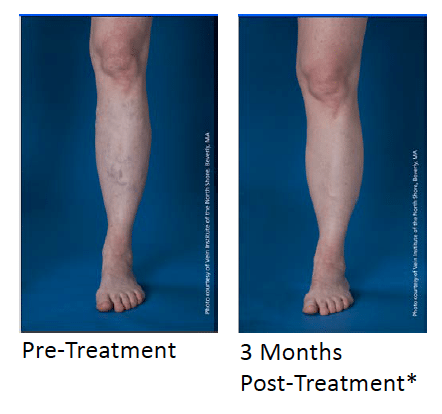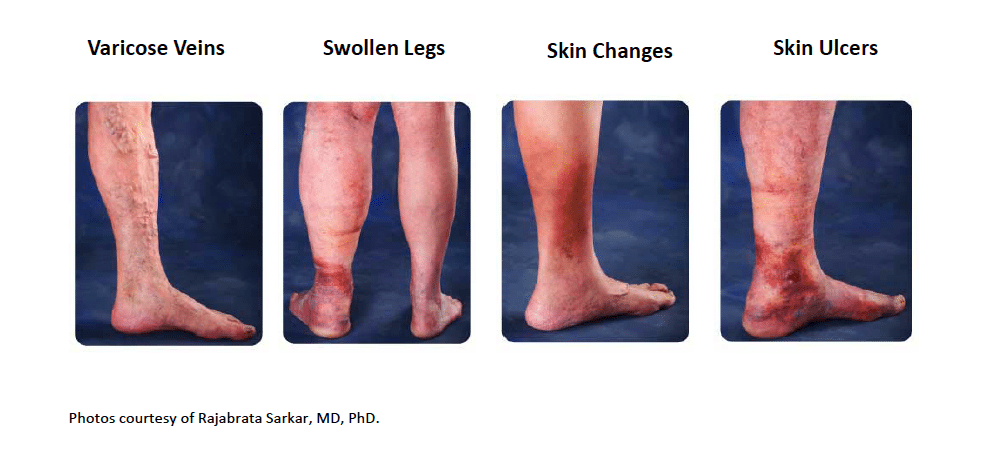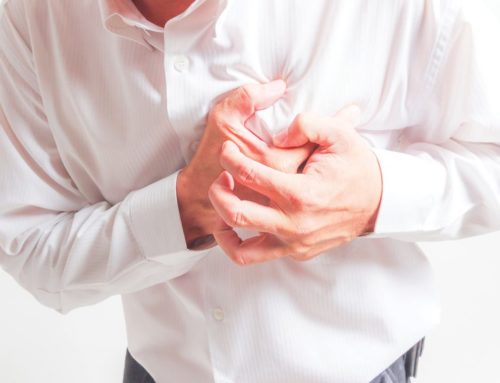Varicose veins are widely regarded as unsightly features on the legs of many men and women. It’s true, these dark, swollen, and sometimes painful streaks that line your legs can be both uncomfortable and unattractive. What most people may not realize is that there are potentially dangerous underlying medical conditions that can coincide with varicose veins, when left untreated. If you have been affected by varicose veins for an extended period of time, here are three complications to watch out for:
Above are examples of conditions caused by varicose veins
Varicose Eczema-
Also known as stasis, gravitational, and venous eczema, this condition is common among those with varicose veins. Varicose Eczema is a long-term condition that affects more than 200,000 Americans annually. This condition is caused when the blood that flows through your lower legs has trouble navigating through weakened veins eventually fluid “leaks” backwards because of excessive pressure and gravity placed upon the lower leg. In turn, the immune system reacts to this newly pooled fluid, which is what causes the eczema. Varicose eczema exhibits similar symptoms as most other forms of eczema; redness, swelling, itching, dryness, and flaking are common occurrences.
Blood Clots-
Varicose veins have the potential to create blood clots. A blood clot is a platelet and fibrin-based gel like mass that forms within the veins and arteries in attempt to repair any damage. If a blood clot forms, there is a potential for it to cause significant problems due to lack of blood flow. In some cases, blood clots can lead to a condition known as Deep Vein Thrombosis (DVT). DVT is when a blood clot forms deep within a vein and is not easily detected. Left untreated, DVT can result in pain, swelling, and lack of mobility. In the most extreme cases, a blood clot can detach and travel to your heart or lungs and be life threatening.
Skin Ulcers-
Because varicose veins weaken the veins that are inflicted by the condition, effective blood circulation is significantly reduced. Subsequently, when a venous skin ulcer forms on your leg they can be very slow to heal, if at all. There are a number of symptoms to be alert for to detect a skin ulcer including a rash, fluid oozing from the sore, pain, and discoloration. Because the condition is slow healing, the likelihood of infection is increased. If left untreated, the condition to worsen to cause significant complications that are very difficult to treat.
At Home Preventative Measures-
For some people varicose veins are a condition that can be tolerated – if the cosmetic appearances and mild discomfort is alleviated by actions such as:
- Weight management will ease the amount of pressure imposed on your lower legs over time.
- Investing in comfortable, supportive, low heeled shoes that do not strain your legs for extended periods of time. Women should avoid high heels whenever possible.
- Avoiding tight hosiery with socks, pantyhose or “knee-highs, or regularly changing your sitting and standing position at home or at work can assist in reducing varicose veins.
These small lifestyle changes will greatly improve your long term health.
Advanced Treatment Options-
When your condition increases to a point where pain or discomfort is not possible to tolerated, these steps are strongly advised.
The Importance of Proper Diagnosis
To diagnose varicose veins, your vascular specialist will do a physical exam, including looking at your legs while you’re standing to check for swelling. He or she will ask you to describe any pain and aching in your legs. An Ultrasound test may be performed to establish if the valves in your veins are functioning normally and if there’s any evidence of a blood clot.
Varicose veins, if left untreated, can develop into a more serious form of venous disease called Chronic Venous Insufficiency (CVI). Fortunately, there is a new non-invasive treatment for this condition – Targeted Endovenous Ablation Therapy – that can be performed in an office setting and is frequently covered by insurance. It is wise to establish when calling your preferred vascular specialist that they offer this method of treatment as it greatly reduces the effects and appearance of varicose veins and the procedure offers very little discomfort and is quick to heal.
Targeted Endovenous Ablation Therapy
Thermal Ablation (Radiofrequency ablation):
This is a medical procedure that utilizes radio or laser frequency energy to raise the temperature of the vein. Increasing the temperature to 200 degrees destroys the vein wall and causes the vein to shrink. The procedure does require local anesthesia but involves minimal pain during and post treatment. With thermal ablation, varicose veins become less visible within two weeks.
Non-Thermal Ablation:
This treatment has two different approaches to consider. The first non-thermal ablation treatment is known as Varithna, which is a an FDA approved medicated foam that chemically minimizes the damaged vein. The other non-thermal ablation treatment is call the VenaSeal system. VenaSeal is also an FDA approved approach that “glues” the vein shut.
If you are currently suffering from varicose veins and are seeking treatment to amend or prevent these potential health hazards, consider consulting a vascular specialist and asking about Targeted Endovenous Ablation Therapy.


